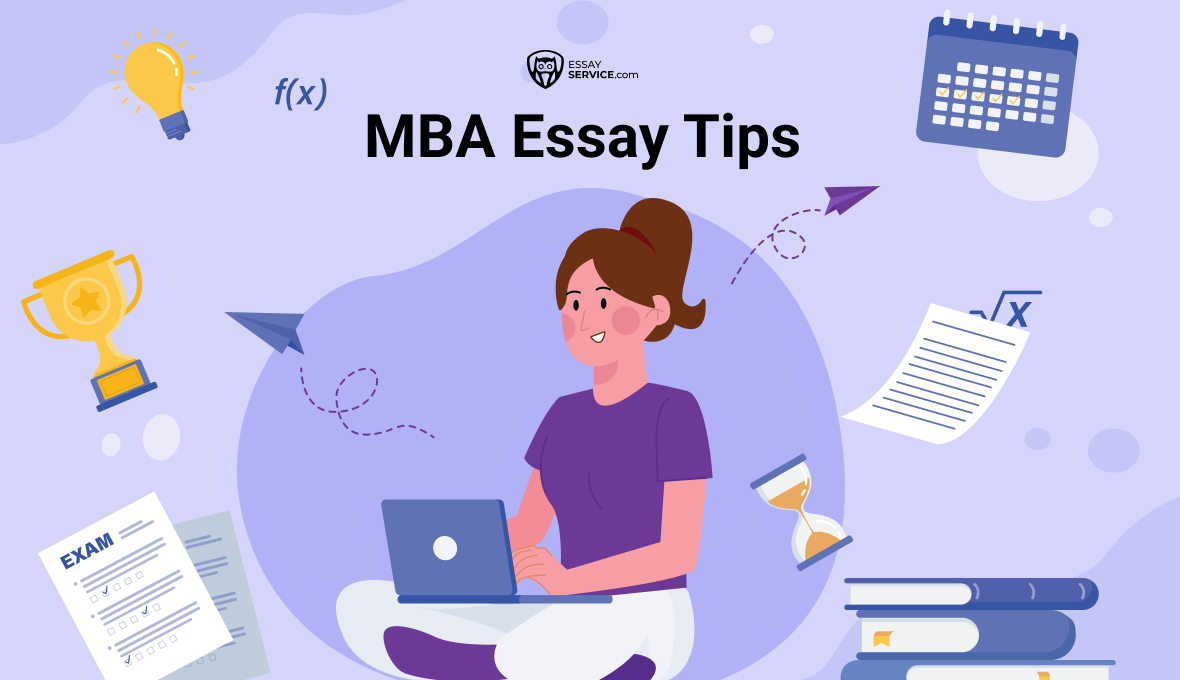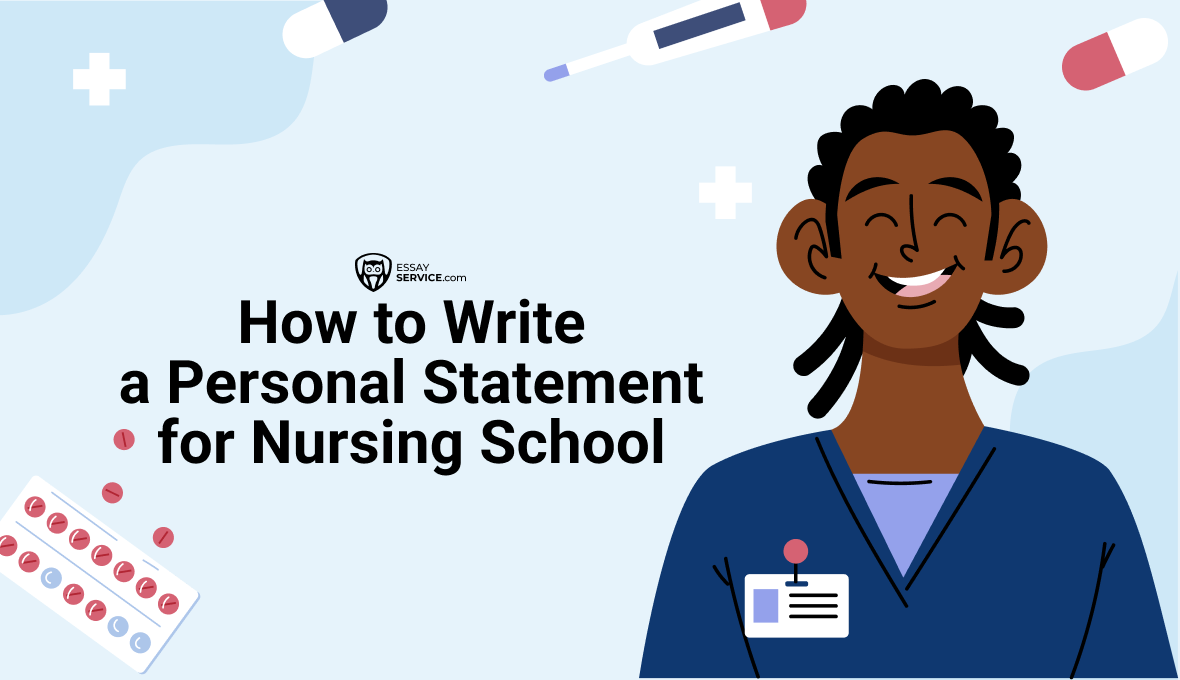.png)
How to Write an APA Annotated Bibliography: Handy Guide
Hey, fellow students! Have you ever heard about an annotated bibliography in APA format? Well, I'm Phill Collins, your annotated bibliography writer, and let me tell you, it's a game-changer for your social sciences papers. They're like secret weapons for college and uni projects. Don't stress – making one isn't as tough as it sounds! This guide spills the beans on how to write an annotated bibliography in APA format, from citing to throwing in your own thoughts.
Think of it as your go-to handbook for writing basics. Ready to jump in and make your research game strong? Then, let me walk you through the steps!
What Is an APA Annotated Bibliography
An APA style annotated bibliography is a comprehensive and organized list of sources, accompanied by brief descriptions or annotations, formatted according to the guidelines set by the American Psychological Association (APA). This type of bibliography serves as a valuable resource for researchers, scholars, and students, providing a concise summary of each source's content and relevance to a particular topic. It also acts as a bridge between scattered sources and cohesive research, empowering scholars to navigate the academic landscape with clarity and purpose.
Why Use an APA Annotated Bibliography
APA allows researchers to delve into the depths of various sources related to their chosen subject. Beyond summarizing sources, it encourages critical thinking. Let's take the example of a sociology researcher examining the societal implications of a new technology. Through annotations, the researcher can evaluate the reliability of each source, discern biases, and critically assess the methodologies employed, thereby honing their analytical skills.
Imagine a literature review in education exploring innovative teaching methods. The APA annotated bibliography aids in source selection by offering insights into each reference's content and scholarly merit. Researchers can then make informed decisions on which sources contribute most effectively to the narrative they aim to build.

How to Write an APA Annotated Bibliography
Creating an annotated bibliography in APA format requires more than just listing sources; it involves providing a concise summary and evaluation of each reference. Here are 4 targeted tips to help you with this task:
.png)
- Trim & Tell: Summarize sources briefly, highlighting key ideas, methodology, and conclusions. Keep it concise while conveying the source's relevance.
- Probe & Reflect: Evaluate sources critically—author qualifications, publication reliability, and relevance to your research. Reflect on each source's contribution.
- APA Precision: Stick to APA guidelines for citation style, indentation, and structure. Consistency in formatting boosts professionalism.
- Audience Alignment: Tailor annotations to your audience—emphasize scholarly aspects for academics and practical implications for a broader readership.
How to Format an Annotated Bibliography in APA
Ensuring a well-structured APA format for annotated bibliography involves aligning with the APA reference list format. Follow these guidelines for a polished presentation:
- Page Number Placement: Right-align the page number for a neat appearance at the top right corner.
- Running Header (Optional): Include a running header if required by your instructor or guidelines.
- Margins: Maintain one-inch margins on all sides for a clean and professional look.
- Line Spacing: Double-space the entire annotated bibliography for readability.
- Title Placement: Center the title 'Annotated Bibliography' at the top of the page to draw attention.
- Indentation Style: Utilize a hanging indent for the second and subsequent lines of each citation. This style enhances clarity and organization.
- Annotation Indentation: Indent the annotation by five spaces for a visually distinct separation between citations and annotations.
By considering these formatting principles for APA formatting annotated bibliography, your paper will not only meet the necessary standards but also present a visually appealing and well-organized document.
Generating Your APA Citation
Citation isn't just about following a set of rules; it's about giving credit where credit is due and acknowledging the intellectual groundwork laid by others. Consider how would you cite it in APA style to ensure your readers can trace back the roots of your information? Reflect on the nuances of author names, publication dates, and the intricacies of online sources. Remember, citation is more than a formality; it's a nod to the scholarly conversation you're participating in.
Crafting an Annotation in APA
Annotations are your chance to add a personal touch to your sources. Imagine you've found a thought-provoking article on climate change policies. How do you succinctly summarize its key points while adding your own insights? An APA style annotated bibliography is an opportunity to critically engage with the source. Think about the author's perspective, the methodology used, and how it fits into the broader discourse. Encourage yourself to go beyond the surface and explore the implications of the research. Craft annotations that not only inform your readers but also provoke thoughtful consideration.
Locating APA Research Sources
Imagine you're researching the effects of mindfulness on stress reduction. How do you identify trustworthy sources that contribute to the scholarly conversation? Think about keywords, databases, and the credibility of the authors.
Encourage yourself to explore beyond the obvious, considering diverse perspectives that add depth to your understanding. Remember, the process of locating sources is not just about gathering information; it's about becoming a discerning curator of knowledge. Foster a mindset that values quality over quantity and encourages a well-rounded exploration of your topic.
Example of Annotated Bibliography in APA Format
Here are some examples that show proper citation formatting and concise summaries that highlight key aspects of each source along with their relevance to the research topic.
Jones, R. B. (2020). 'The Power of Positive Affirmations: A Meta-Analysis.' Journal of Positive Psychology, 32(4), 321-340.
Annotation: Jones conducts a meta-analysis of studies on the efficacy of positive affirmations in enhancing psychological well-being. The article systematically reviews existing research, shedding light on the overall impact of positive affirmations across diverse populations. The author critically evaluates the methodologies used in previous studies, emphasizing the need for standardized approaches in future research. This meta-analysis serves as a valuable resource for understanding the nuances of positive affirmations and their potential limitations. Jones's work encourages a nuanced view of the subject, prompting readers to consider the broader context when interpreting the impact of positive affirmations on mental health.
Chang, L. Y., & Patel, H. K. (2018). 'Digital Detox: Unplugging for Mental Clarity.' Cyberpsychology, Behavior, and Social Networking, 21(3), 201-215.
Annotation: Chang and Patel investigate the phenomenon of digital detox and its effects on mental clarity. The authors present findings from a mixed-methods study, combining quantitative data on screen time with qualitative insights from participants who underwent a digital detox. The article offers a balanced view, acknowledging both the benefits and challenges of unplugging from digital devices. This source will contribute to my research by providing a contemporary perspective on the intersection of technology and mental well-being. Chang and Patel's work encourages readers to reflect on their digital habits and consider the potential benefits of intentional disconnection for mental clarity and overall well-being.
5 Quick Tips on Effective APA Annotation Writing
Here are some quick tips to help you enhance the quality of your annotated bibliography in APA format:
- Summarize Concisely: Craft succinct summaries in APA format, focusing on key findings, methods, and main arguments. Keep it brief while ensuring the essential aspects are captured, providing a snapshot of the source's relevance to your research.
- Highlight Author's Perspective: Dive into the author's background, biases, and motivations. Discuss how their perspective adds complexity to the topic. This adds depth to your annotation and shows thoughtful engagement.
- Connect to Your Research: Explicitly state the value of the source to your research. Does it provide a unique perspective, crucial evidence, or challenge assumptions? Clearly connect the source to your academic inquiry.
- Evaluate Methodology and Credibility: Assess the methodology and credibility of the source. Discuss research design, data collection methods, and limitations. Encourage critical evaluation of the source's scientific or scholarly merit.
- Encourage Thought and Reflection: Stimulate thought by posing questions, challenging assumptions, or suggesting future research avenues. Use your annotations to invite readers to think deeply about the implications of the research within the broader academic landscape.
Avoid These Common Mistakes
Now, let's look at the key missteps to avoid, ensuring that your APA style annotated bibliography stands out as a thoughtful contribution to your scholarly discourse.
%20(1).png)
- Skipping Conciseness: Don't make your summaries too long. Keep them brief and focused on the main points.
- Forgetting Author's Perspective: Remember to discuss the author's background and how it influences their viewpoint.
- Neglecting Connection to Your Research: Don't forget to explain why each source is important for your own research.
- Overlooking Methodology and Credibility: Don't skip evaluating how the research was done and if the source is credible.
- Missing Thought and Reflection: Avoid just summarizing—encourage readers to think by asking questions and suggesting future research areas.
Creating Perfect APA Annotated Bibliographies Every Time
Crafting an annotated bibliography in APA format may feel like navigating a maze, but throw in annotations, and suddenly, it's a different story altogether. To thrive in the academic arena, ensure you're well-versed in the ins and outs of APA style for any project you undertake. If you find yourself needing extra guidance on constructing an APA paper, don't hesitate to ask help from our APA paper writing service.
FAQ
What Goes in an APA Annotated Bibliography?
When creating an APA annotated bibliography, include the author's name, publication date, title, source details, and a short summary or evaluation. This gives readers a quick understanding of each source. For example, summarizing the main findings or key arguments helps highlight the relevance of the source to your research.
How Much Should I Write for an APA Annotated Bibliography?
Aim for about 150-200 words per source. This helps provide enough information for readers to grasp the key points of each cited material. Additionally, a concise summary allows you to efficiently communicate the source's significance in relation to your research topic.
Does an APA Annotated Bibliography Need to Be in Alphabetical Order?
Organize your APA annotated bibliography alphabetically by the authors' last names. This makes it easier for readers to find specific sources. By following this simple alphabetical order, you create a user-friendly reference list that enhances the overall clarity of your work.
Should I Indent in an APA Annotated Bibliography?
Use indentation, aligning the first line to the left and indenting the rest. This follows APA guidelines and makes your bibliography look neat and easy to follow. The consistent indentation also helps differentiate between citation details and the summary or evaluation, enhancing the overall visual appeal.
Frequently asked questions
New posts to your inbox!
Your submission has been received!



.webp)